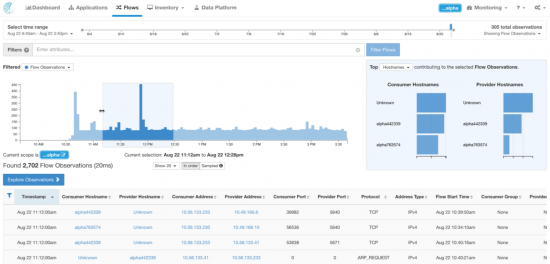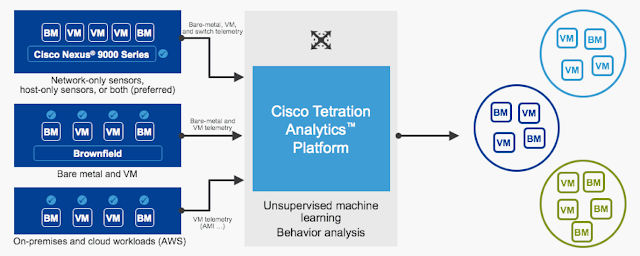Outstanding application security is foundational to a brand's reputation, creating and building trust and loyalty with users. But vulnerabilities can occur anytime, anywhere (in your code, in commercial applications, in libraries you've integrated and in remote API that you invoke), making it difficult and time-consuming to prioritize responses.
<Suggestion for people in a rush> If you only have 5 minutes, just scroll down and look at the amazing recorded demo: it explains everything better than the post itself </Suggestion for people in a rush>
Avoiding costly delays that can result in continuing damage to revenue and brand reputation means organizations must have clear visibility into each new vulnerability and the insights needed to prioritize remediation based on their business impact.
The traditional security schema, based on just protecting the perimeter with firewalls and IPS, is no longer sufficient. You need to protect the full stack, including all the software tiers.
Business Risk Observability
Speed and coordination are paramount when dealing with application security risks.
Bad actors can take advantage of gaps and delays between siloed security and application teams, resulting in costly and damaging consequences. Traditional vulnerability and threat scanning solutions lack the shared business context needed to rapidly assess risks and align teams based on potential business impact. To triage and align teams as fast as possible, teams need to know where vulnerabilities and threats impact their applications, how likely a risk is to be exploited, and how much business risk each issue presents.
One fundamental use case in Full-Stack Observability is business risk observability, supported by new levels of security intelligence capability that brings business context into application security. The new business risk scoring enables security and applications teams to have a greater threat visibility and intelligent business risk prioritization, so that they respond instantly to revenue-impacting security risks and reduce overall organizational risk profiles.
New Cisco Secure Application features and functionalities include business transaction mapping to understand how and where an attack may occur; threat intelligence feeds from Cisco Talos, Kenna, and Panoptica; and business risk scoring.
Business Transaction Mapping
New business transaction mapping locates how and where an attack may occur within common application workflows like ‘login, checkout, or complete payment’ so that ITOps and SecOps professionals can instantly understand the potential impact to your application and your bottom line.
Threat Intelligence Feeds
New threat intelligence feeds from Cisco Talos, Kenna, and Panoptica provide valuable risk scores from multiple sources to assess the likelihood of threat exploits
Business Risk Scoring (for Security Risk Prioritization)
New Business risk scoring combines threat and vulnerability intelligence, business impact and runtime behavior to identify the most pressing risks, avoiding delays, and speeding response across teams.
Video Demonstration of the Business Risk Observability use case
See a complete, explanatory demonstration of how a risk index associated to your business transactions allows to discover and remediate vulnerabilities with a proper priority assessment:
https://video.cisco.com/detail/video/6321988561112


























